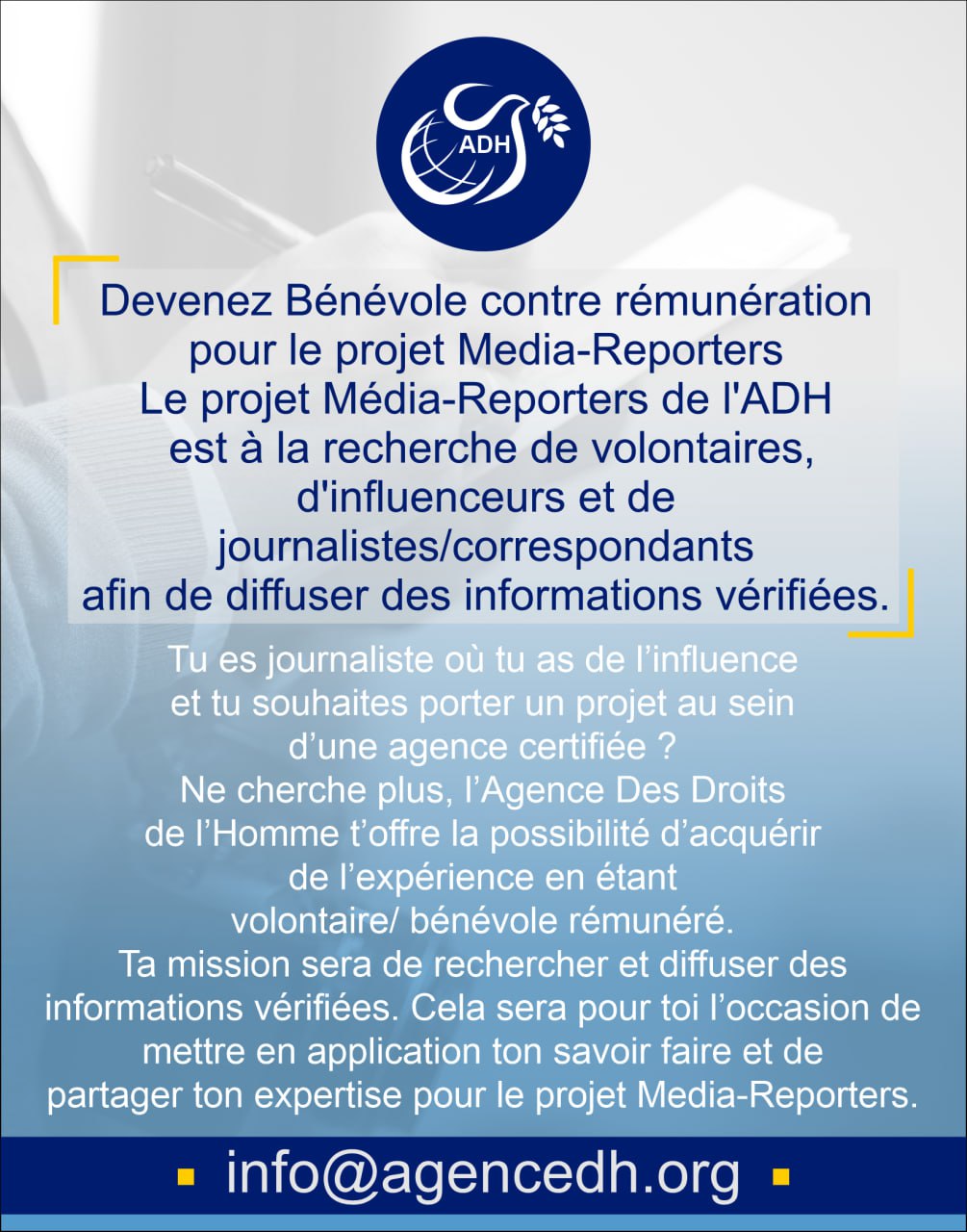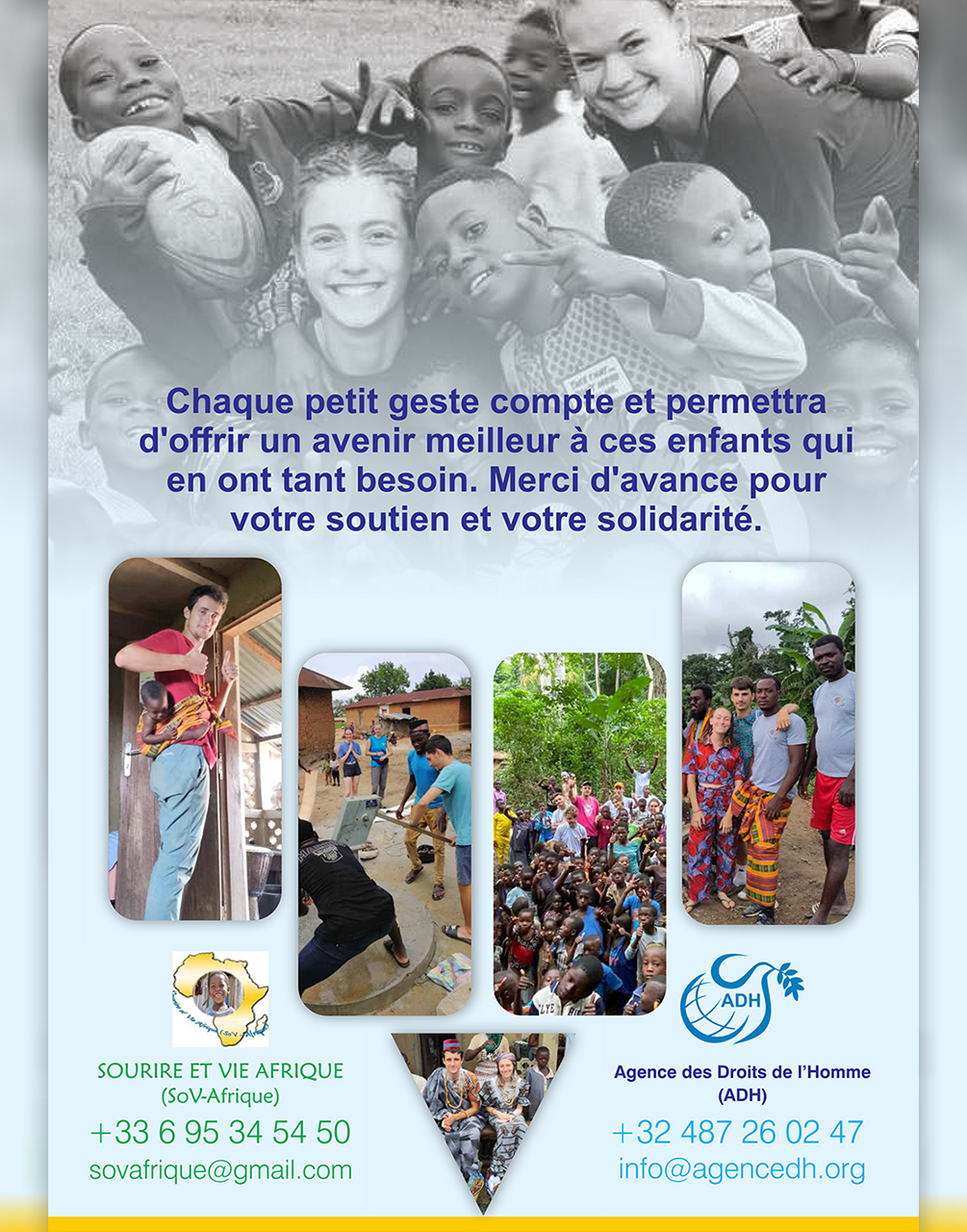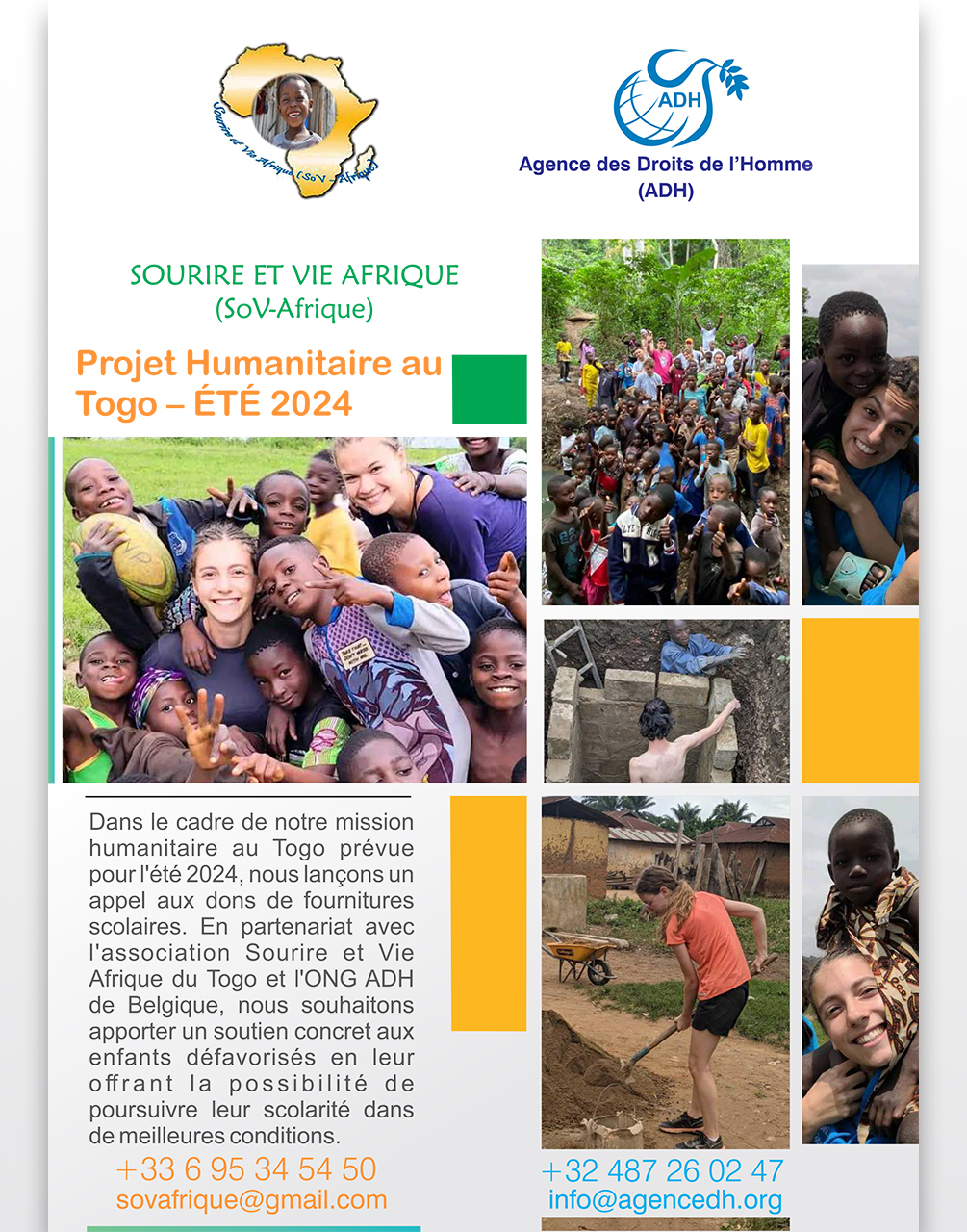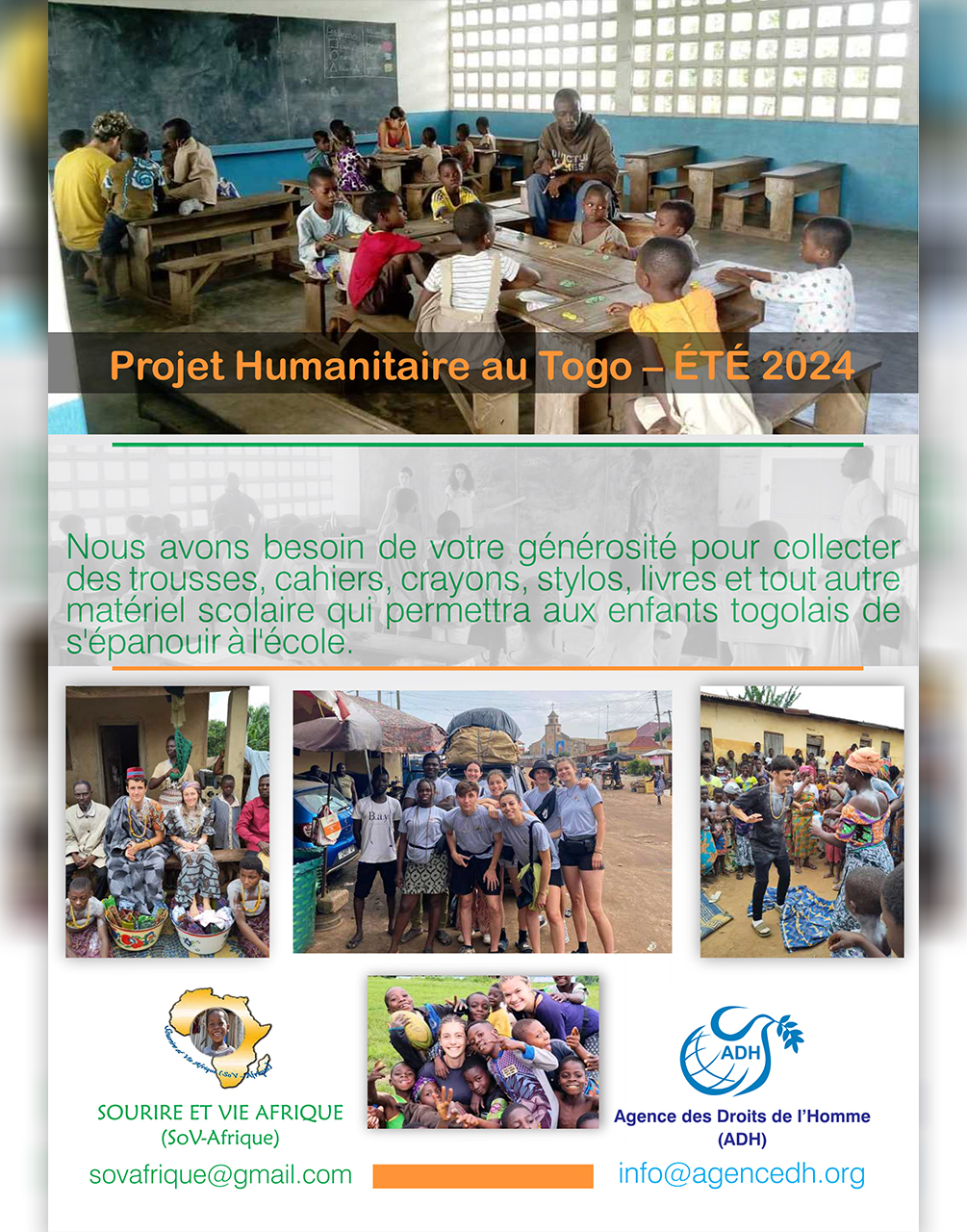Sexual Violence in Conflict
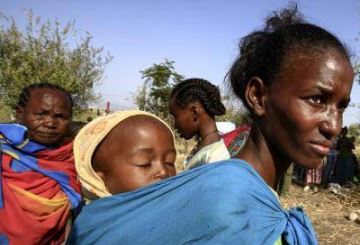
A clear example of human rights violations described in Pramila Patten’s report is related to the border area between Sudan and South Sudan, where women and girls have been targeted for rape, gang rape and abduction on the basis of their ethnicity.
The annual report presented by Pramila Patten, the Secretary-General’s Special Representative on Sexual Violence in Conflict, has documented an unprecedented level of lethal violence used to silence survivors in the wake of sexual assault, emphasizing ha the rise in recorded cases is particularly alarming in a global context where humanitarian access remains severely restricted and constrained.
Incidents, patterns, and trends across 21 situations of concern are covered by the report, including Israel and Gaza, Sudan, Ukraine, Haiti, Myanmar and the Democratic Republic of the Congo (DRC), recording 3,688 UN-verified cases of conflict-related sexual violence committed in the course of 2023, which reflects a dramatic increase of 50% compared to the previous year. According to the report, in 2023, women and girls accounted for 95% of the verified cases, in 32% of which the victims were children, with the vast majority being girls (98%).
The report also highlights how sexual violence curtailed women’s access to livelihoods and girls’ access to education, amid record levels of internal and cross-border displacement, facing women and girls with heightened levels of sexual violence. In many cases, women with children born of wartime rape are often accused of affiliation with the enemy, excluded from community networks, and consequently suffering from poverty. In addition, conflict-driven trafficking in persons for the purpose of sexual exploitation continues to generate profits for armed and violent extremist groups.
The report reveals an unprecedented level of lethal violence to silence survivors in the wake of sexual assault, with evidence confirming killings of rape victims by their assailants surfaced in the Democratic Republic of the Congo and Myanmar. Frontline service providers and women human rights defenders were also threatened in several parts, including Sudan, and reprisals against human rights defenders were reported in South Sudan, the DRC, and elsewhere.
In many places, including eastern DRC, the Central African Republic, and Haiti, women and girls face the persistent risk of rape and sexual assault. In one instance, during incursion into a village in eastern DRC, fighters from an armed militia gang-raped 11 women, looted their belongings, and set fire to their homes. Four of the women were mutilated and killed, while the seven survivors who were taken to a health center were left without medical treatment.
A clear example of the violation of human rights described by the report is related to the border area between Sudan and South Sudan, where women and girls have been targeted for rape, gang rape and abduction on the basis of their ethnicity. However, as emphasized, for every survivor who comes forward, many others are silenced by social pressures, stigma, insecurity, the paucity of services and the limited prospects for justice.
The report lists 58 parties that are credibly suspected of committing or being responsible for sexual violence, mainly non-State actors. More than 70% of listed parties are have appeared on the list for five or more years without taking the requisite remedial or corrective action, being known as persistent perpetrators. Unfortunately, far too many perpetrators of wartime sexual violence are still free to commit crimes against human rights, while women and girls live in fear of violence, discrimination, and rape, hardly having access to justice.
Emphasizing that sexual violence cannot be addressed without shifting power dynamics, greater women’s participation, weapons regulation and embargoes, financial support for human rights defenders, and change on the ground will be critical, along with urgent funding. Moreover, the report emphasizes that the capacity of Women’s Protection Advisers must be consolidated and reinforced, including at critical moments of mission transitions and drawdowns.
Finally, less than one-third of voices heard in arms control and disarmament forums are those of women, reflects women’s continued lack of influence over the peace and security processes that affect their lives. The final word is that women in the war-torn corners of our world need to see hope on the political horizon, which can be realized by contributions to peace with justice, peace with gender equality, peace with dignity and development, and peace that endures.
References
https://news.un.org/en/story/2024/04/1148891
https://www.un.org/sexualviolenceinconflict/statement/remarks-of-srsg-pramila-patten-at-the-security-council-open-debate-on-preventing-conflict-related-sexual-violence-through-demilitarization-and-gender-responsive-arms-control-new-yor/

